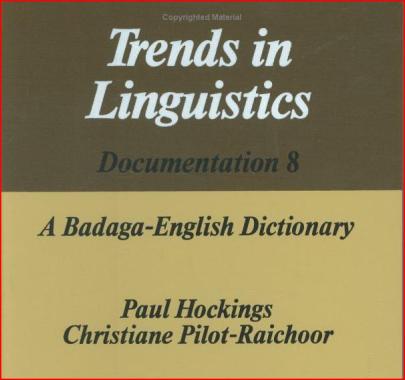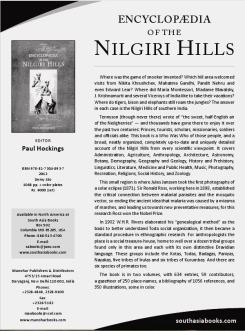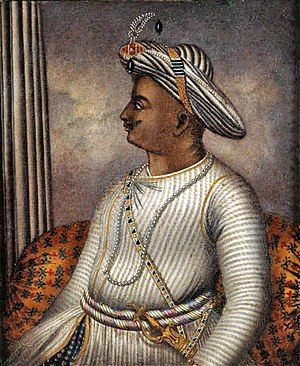Exclusive

by Dr. R.K.Haldorai
Badagas were not under the influence of caste system in any part of their history. In caste system a person’s social status was determined by his occupation. Although caste depended upon a person’s occupation it became hereditary in due course. So, it is inevitable to a person to live with a unalterable particular social status throughout his life. The traditional association between caste and occupation is far from dissolution. Badagas apparently changed their occupations to suit the environment. They never developed stigma with any particular occupation. It is to be noted that the very name Badaga itself is not derived from any occupation. In India, most of the caste names are derived from occupations. Badagas major occupations were food gathering, hunting, buffalo rearing, millet cultivation (that too swift cultivation for some time) and cash crop cultivation. Among these a particular occupation was predominant at a particular time. And also all the sub groups of Badaga community engaged the same occupation. Badaga population was very small up to the beginning of the twentieth century and they spread over the entire Nilgiri plateau. In that case, for a long period there were very few families in a hatty (hamlet) and all the families were descended from a same forefather. So, there was a social compulsion to venture occupations in common. The origin of the caste system in India is shrouded, but it seems, it originated some two thousand years ago. Caste system is associated with religion and people were categorized by their occupations. Badagas’ religious beliefs were primitive in nature, so the religious side of their social organisation was lacking to originate caste system
jaati (caste) is used in India specifies a subdivision of a larger division varna (a concept based on colour or race). Even though the word jaati is used in Badaga language for mentioning a group of people ,a variety of living beings(e.g.kaadu jaati,animals) the varna concept is entirely unknown to Badagas. In the same way Badagas know about Brahmins, one of the four divisions of varnato some extent. And the rest, kshatria, vaisya and sutra are entirely unknown to them. To uphold caste system the reincarnation belief played a major role. According to that belief after each life a soul reborn into a new material forms. Badagas’ inclination towards ancestor worship is so strong. They do not have belief in the past and future births and do not have any idea about karma theory. One of the religious beliefs of Badagas is that all the dead are there in a particular place near Mallaadu, a western part of the Nilgiris, in astral bodies and the person who is going to die will join with them. This belief is expressed apparently in one of their death ceremonies called ‘battaarsikkoodu’(praying with saamay).In that ritual an elder agnate recites as ‘indu satta anna or tamma or ...bettuno, peeruno, gumbuno, godano elli iddaleyu jaati janava kooda seerali endu battaarsikkiniyo(The dead one may wander around a hill or in a marshland or in a thicket or in a gorge. Wherever he/she is, we pray for his/her safe journey to join with his/her people). The ballads like Koolitippe and Hattytippe narrate this concept elaborately.
It is well known that temples and society of medieval periods enforced the caste regulation rigorously. Badagas did not have any temple to mention. They treated their ancestral houses as temples. They themselves act as priests. Hence the question of enforcement of caste regulation through temples had not arisen in Badaga social environment.
In a peculiar way the Badagas divide the society into two parts viz., Badagas and non-Badagas. The non-Badagas are called holeyas. holeya is the corrupt form of Tamil pulaiyan. Of course without knowing the connotation of this word these people use it. Edgar Thurston in his famous book, Castesand Tribes of Southern India, gave note on this as ‘Strangers, who are not Badagas are called holeya’.The hereditary lineage with the rigid exogamous sub-groups is the distinctive feature of the Badaga tribal pattern. One of the sub-groups of Badaga community is vegetarian haruvas, who wear sacred thread. Their performance of priest to other sub-groups is not mandatory. In the same way a part of other sub-group adikaris also are vegetarian. The special feature of Badaga social system is that these vegetarians intermarry with non-vegetarian groups and also they inter-dine vegetarian food with non-vegetarian groups. The population of vegetarians among Badagas is so small. The non-vegetarian Badagas eat meat and chicken. Their favourite non-vegetarian food was meat of mega (stag, male of red deer or of other large kind of deer). The non-vegetarian Badagas with their exogamous clans were comparatively the earliest settlers in Nilgiri hills. In due course few other non-vegetarian groups also joined with them and finally vegetarian groups too joined with them.
The Badagas were originally casteless and lived in the Nilgiri plateau since long back. Even though the group like vegetarian odeyas and non-vegetarian toreyas adopted Badaga language and culture in total, they maintained separate identity by professing not inter-dining and inter-marrying with other Badaga groups.
Badagas lived far away from the villages and towns which were regions of caste-culture. They lived in isolation for a longer period. They did not experience the social status offered due to caste- culture.
Widow re-marriage is not allowed in Varnadoctrine. But it is common among Badagas. Badagas claim no divine origin for their religious beliefs. Their customs are mostly pragmatic and relevant to their day to day life. Their marriage customs also do not reveal any supernatural underpinnings. Badagas observe pollution and ritual purity in limited ways. Menstruated women stayed away from house for few days and did not go to the oogamane (inner room, kitchen) for few days. Women and non-Badagas eat in idamane (outer room). Badagas did not allow non-Badagas to enter oogamane and to climb on the roof of their houses.
No sub-caste had arisen in Badaga land due to the marriage like anuloma (marriage between man of higher caste and women of lower caste) and prathiloma (marriage between man of lower caste and woman of higher caste) marriages. Of course anuloma andprathiloma are unknown to Badagas. They treat all their exogamous clans in equal status. They perform marriage ceremony without any religious background and they uphold marriage as a contract and not as sacrament. The Badagas cherished and worshipped their respective totem. The inter-marriage among the totemic clans maintained always equal status. They performed their own marriages and religious ceremonies.
Religious observance played an important role in the development of caste. There were no advance religious ideas developed amongst Badagas. In Varna doctrine Brahmins enjoy highest respect and devote themselves to religious, ritual performances, learning and teaching. The religious activities of the Badagas are very limited. They themselves performed the rituals. With the unlettered mother tongue social environment the question of learning and teaching did not arise. However with these background Badagas maintained a casteless society













